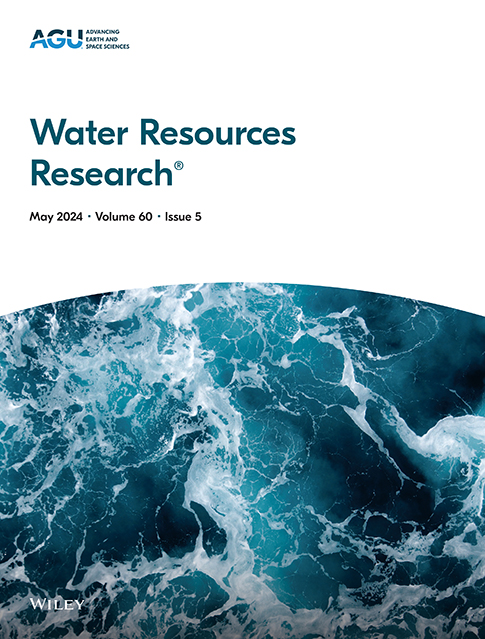Quantification of Emission Potential of Landfill Waste Bodies Using a Stochastic Leaching Framework
IF 4.6
1区 地球科学
Q2 ENVIRONMENTAL SCIENCES
引用次数: 0
Abstract
Sanitary engineered landfills require extensive aftercare to safeguard human health and the environment. This involves monitoring emissions like leachate and gas, maintaining cover layers, and managing leachate and gas collection systems. Researchers have explored methods to conclude or extend aftercare. Quantifying emission potential, a key concept integrating various processes influencing emissions, is essential for managing and predicting landfill impacts. In this study we developed a stochastic travel time model based on water life expectancies. The model is used to predict leachate production rates and leachate chloride concentrations from landfill waste bodies. Unknown parameters are quantified by matching model output to measured time series using Bayesian inference. Once parameter distributions have been obtained, we are able to describe the measured long-term leachate dynamics. By analyzing the parameters and evolution of model states, we obtain a deeper understanding of the water and mass balance of the waste bodies. We demonstrate that the model can be used to quantify the chloride emission potential and the estimated values of total chloride mass match data quantified by sampling from the waste body. The results confirm that emissions with leachate are dominated by preferential flow infiltrating from the cover layer. Similar results have been obtained by applying the model to datasets from four different waste bodies, demonstrating that the approach is generally applicable for conservative solutes. Understanding of the water balance of the landfill together with conservative solute leaching is a necessary first step for further evaluating emission of reactive species.求助全文
约1分钟内获得全文
求助全文
来源期刊

Water Resources Research
环境科学-湖沼学
CiteScore
8.80
自引率
13.00%
发文量
599
审稿时长
3.5 months
期刊介绍:
Water Resources Research (WRR) is an interdisciplinary journal that focuses on hydrology and water resources. It publishes original research in the natural and social sciences of water. It emphasizes the role of water in the Earth system, including physical, chemical, biological, and ecological processes in water resources research and management, including social, policy, and public health implications. It encompasses observational, experimental, theoretical, analytical, numerical, and data-driven approaches that advance the science of water and its management. Submissions are evaluated for their novelty, accuracy, significance, and broader implications of the findings.
 求助内容:
求助内容: 应助结果提醒方式:
应助结果提醒方式:


